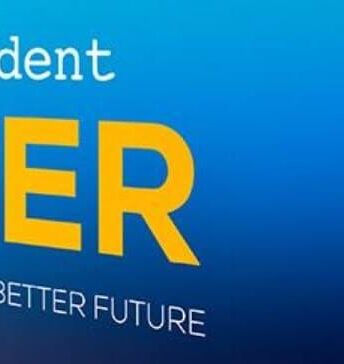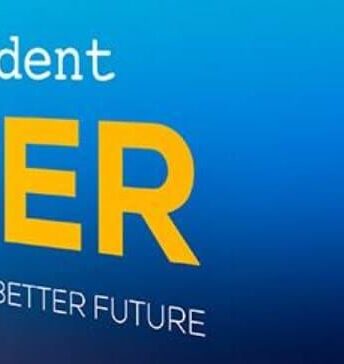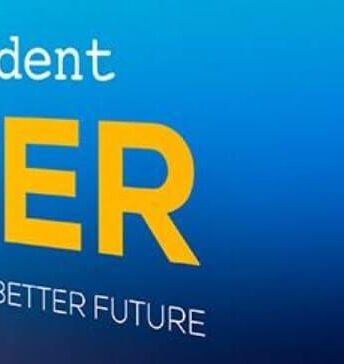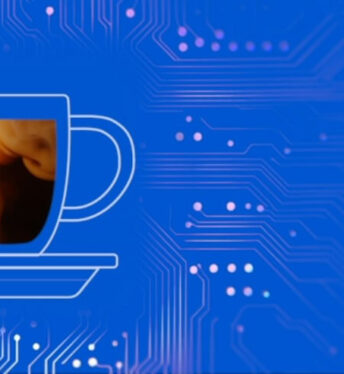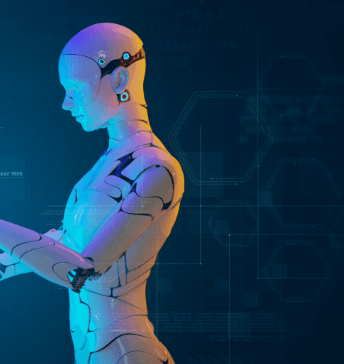Twenty years after the term “Internet of Things” was coined, resources for the concept’s reality are now abundant. Millions of sensors are available for thousands of processes to be monitored, measured, and controlled. Communication protocols have been standardized and operations have achieved impressive autonomies, optimizing costs, deadlines, and spaces.
Many companies that were afraid of the initial and unknown costs to implement IoT in their operations are already beginning to see that these barriers have become clearer and lower. Small companies with limited financial power are already considering initial steps in redesigning their plans, including autonomous processes through the IoT. The relationship between the SIM card, communication network, cloud, big data, online processing, and command and control rooms has been optimized and better delivered by vendors that often have a total or partial solution. Some authors have been calling this context as the “democratization of the IoT.”
Society will be revolutionized – in fact, in many cases, it already has been – with implementations that are already being utilized as traffic lights/control (commonly found in smart cities), smart homes, and new future implementations such as autonomous vehicles and full health monitoring and care in real-time.
Within the entire universe of IoT, there is a crucial factor for its application and related technologies. This factor is essentially vectored and driven by the ability to collect, analyze, and share data related to operations, with the guarantee of confidentiality and the confidence and precision in the decision making promoted.
The Abundance of IoT and Computer Vision Enabling Smart Solutions
The recent IoT and Computer Vision solutions (Sensors, BLE, RFID, IR, GPS, Cameras, Scanners, etc.) are enabling the reality of Smart Solutions’ design and deployment, since they have been provided with the full capability to monitor, manage, command, and control all devices remotely. These architectures are even creating a big data context where a massive volume of information is obtained and not always used for informed decisions. Thus, it has been also necessary to clean the data in order to deliver an actionable real-time situation room. Thousands of sensors and hundreds of cameras systems are producing a rich dataset of behaviors (from vehicles, machines, and people [citizens and employers]) so the easily-triggered Smart Solutions improve the operational environment management, though they need a data treatment beforehand to produce informed decisions.
The Smart Solutions are effective when oriented and focused on the improvement of life quality. Naturally, every single investment within Smart Solutions will only flow if they are sustainable, promote operational cost reduction, and efficiency improvement. However, these indicators are only measured and achieved when impacting the city’s quality life.
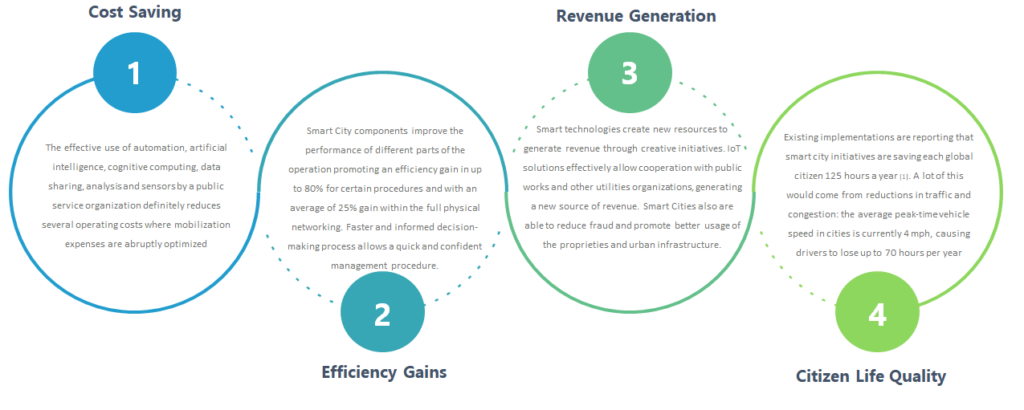
Smart City is About People
The smart solution to manage an administrative region labeled a Smart City is composed of a few key domains like:
- Smart Traffic and Smart Parking
- Smart Lights
- Smart Utilities (Smart Grid)
- Smart Airports
- more recently: Smart Sidewalks
- and other Smart Things (Clinical, Schools, Events)
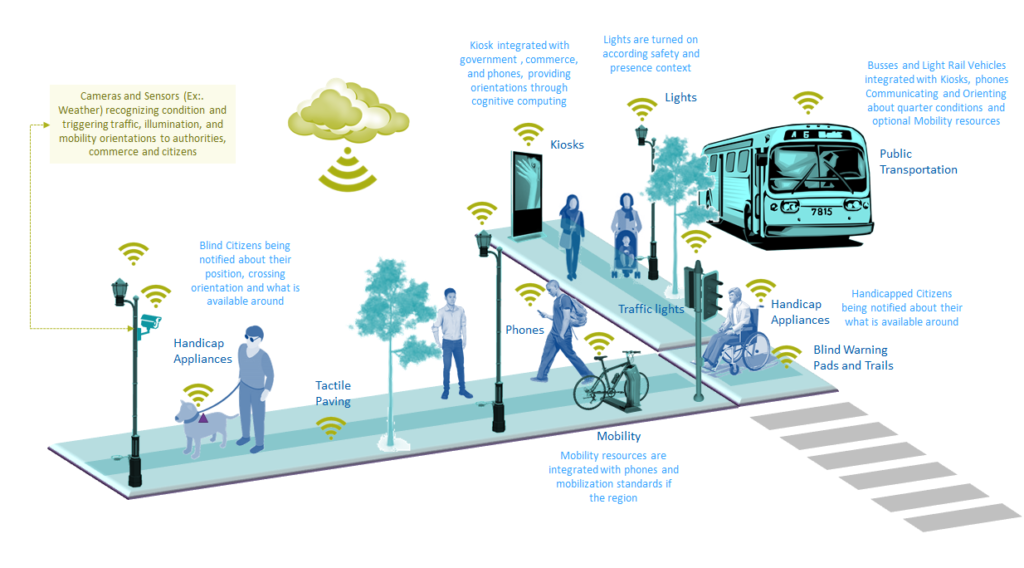
All these deployments have the same focus: improving the life quality for Citizen and Workers, and manage urban and suburban areas where people live and work. Ongoing and continuous studies are demonstrating that Smart Cities are providing an average of one hundred and twenty five hours of better life quality per inhabitant, within the Smart Solution’s aura coverage.
Learn about smart cities and the various ways they improve the urban quality of life.
The Selection of the Right Technology is About Citizens
As anticipated, today there is no shortage of available technologies for Smart Solutions to be implemented within cities. However, some implementations do not succeed, essentially, because they are not oriented to the citizen’s realization and interpretation of Smart Solutions. If the citizen has no clear and effective perception of a smart solution within their city as an individual, as a worker, as a family, or as a visitor, the implementation is destined to fail. There is a citizen journey that needs to be studied before any planning and deployment. And only after this effective process, can the business view of the implementation be recognized.
Some key points of the technologies selected and utilized are always under discussion, such as:
- Real-Time: if the computer vision, IoT, and the whole industry 4.0 are able to collect abundant information in real-time for informed city management.
- Accuracy: of the selected technology, of the data collected, of the data analysis, of the data usage, and of the decision making.
- Confidentiality: of the citizens’ information.
- History: space-time-behavioral historical data helps the urban administration improve mobilization (public transportation, traffic, parking, etc.), events management, safety conditions, and several others domains of the government and utilities’ responsibilities in a timely way.
- Response: Smart Solutions definitively help the procedures and precision of first responders and frontline crews, and improve the continuous planning of emergency response.
- Availability: the technological operation needs to be a non-stop procedure. Aside from taking place in real-time, it needs to function 24/7, and promote well-selected geographic coverage. Only with a full vision of the city’s behavior is it possible to recognize that the citizen and his living habits and needs are the center of the solution.
- Transparency: at the end of the selection of the necessary technologies and the deployment of the solution, every fact obtained across the city must be clear to the citizen. The population needs to be informed and the awareness of the Smart City implementation needs to reach completeness with constant divulgation and communications from administrators. Web and mobile technologies are able to accomplish this goal easily.
- Credibility: the effective result of a Smart Solution is timeliness. Its selected technologies uphold the credibility that the city or utility administration receives for working hard in making the right choice about the technologies used and the consequent improvement of citizens’ life quality.
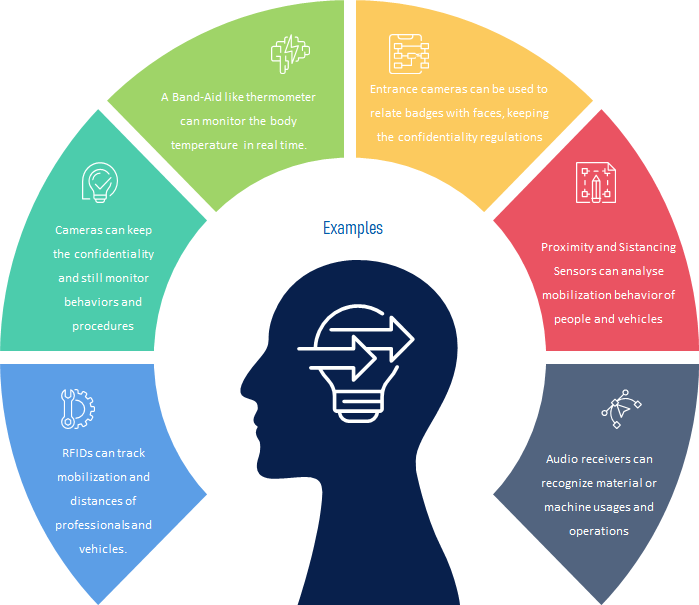
A New Team Has Been Shaped
These achievements have only been obtained through the intrinsic components of IoT; they are conceived, managed, and carried out by a multi-disciplinary specialist team that integrates electronic specialists (sensors and actuators), Geography Intelligence (GIS: Geographic Information Systems) Specialists when the operation is external or from BIM Specialists (building information modeling Systems) when the operation is internal or external, but architecture-oriented. Completing this list, we need to have experienced professionals on crowd and event (commercial, cultural or religious) management, traffic management, utility network, public safety, emergency response, and other disciplines. Other key players of any Smart City are the authorities, which can promote a better relationship with citizens, delivering more transparent information, better emergency response, and event management.

Smart People
Smart Solutions are about people, from the initial insight, concept, across the design, into the project management, through implementation, and up to the citizen. Smart Solutions are definitively possible and effective if aimed at people, families, workers, authorities, and all of society.
The idea is to ensure that people (again, citizens, visitors, workers, etc.) are the center of every single day of the planning, deployment, implementation, and usage of the Smart City solution. The Smart City solution needs to be motivating to, and accepted and used by the population.
A while ago, the United Nations penned the following definition for a Smart City: “A smart, sustainable city is an innovative city that uses information and communication technologies to improve the quality of life, efficiency of urbanization, and services in the city while ensuring that the city meets the needs of present and future generations concerning economic, social, environmental as well as cultural aspects.”
Therefore, focusing on every single small component of a Smart City solution is to be well-aimed at finding responses for every problem that urbanization brings to the population. The comprehension of these problems can even be different according to different parts of the population, where welfare, mobilization, safety, and environment are these issues’ most common theme.
In the end, innovation and digital transformation are the main pillars of Smart City deployments; however, in any instance, they could be not implemented without citizens’ daily demand.
Giandri Machado is a Global Digital Transformation & Innovation Director at Stefanini



